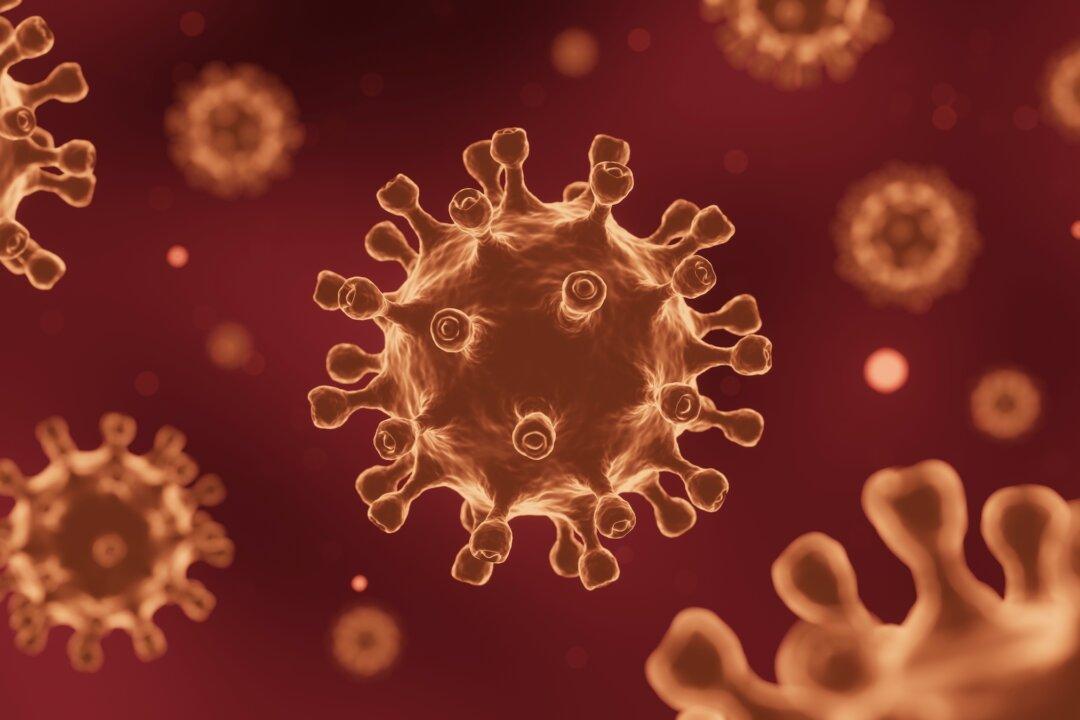A new scientific paper finds COVID-19 was more likely caused by an unnatural lab origin than a natural animal source.
The paper, led by researchers at the University of New South Wales (UNSW), was published in the journal Risk Analysis on March 15.

A new scientific paper finds COVID-19 was more likely caused by an unnatural lab origin than a natural animal source.